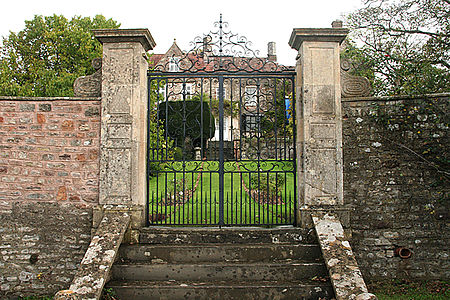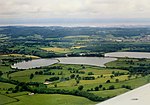Gatcombe, Somerset
Buildings and structures in North SomersetEngvarB from September 2013Grade II* listed buildings in North SomersetGrade II* listed houses in SomersetIron Age sites in Somerset ... and 2 more
Roman villas in SomersetScheduled monuments in North Somerset

Gatcombe at Ashton Watering within the civil parish of Long Ashton, Somerset, England, is the location of a Grade II* listed building which was built on the site of a Roman settlement. It is close to the Land Yeo river, the A370 road and the Bristol to Exeter railway line.
Excerpt from the Wikipedia article Gatcombe, Somerset (License: CC BY-SA 3.0, Authors, Images).Gatcombe, Somerset
Geographical coordinates (GPS) Address Nearby Places Show on map
Geographical coordinates (GPS)
| Latitude | Longitude |
|---|---|
| N 51.425555555556 ° | E -2.6822222222222 ° |
Address
BS48 3QT
England, United Kingdom
Open on Google Maps








